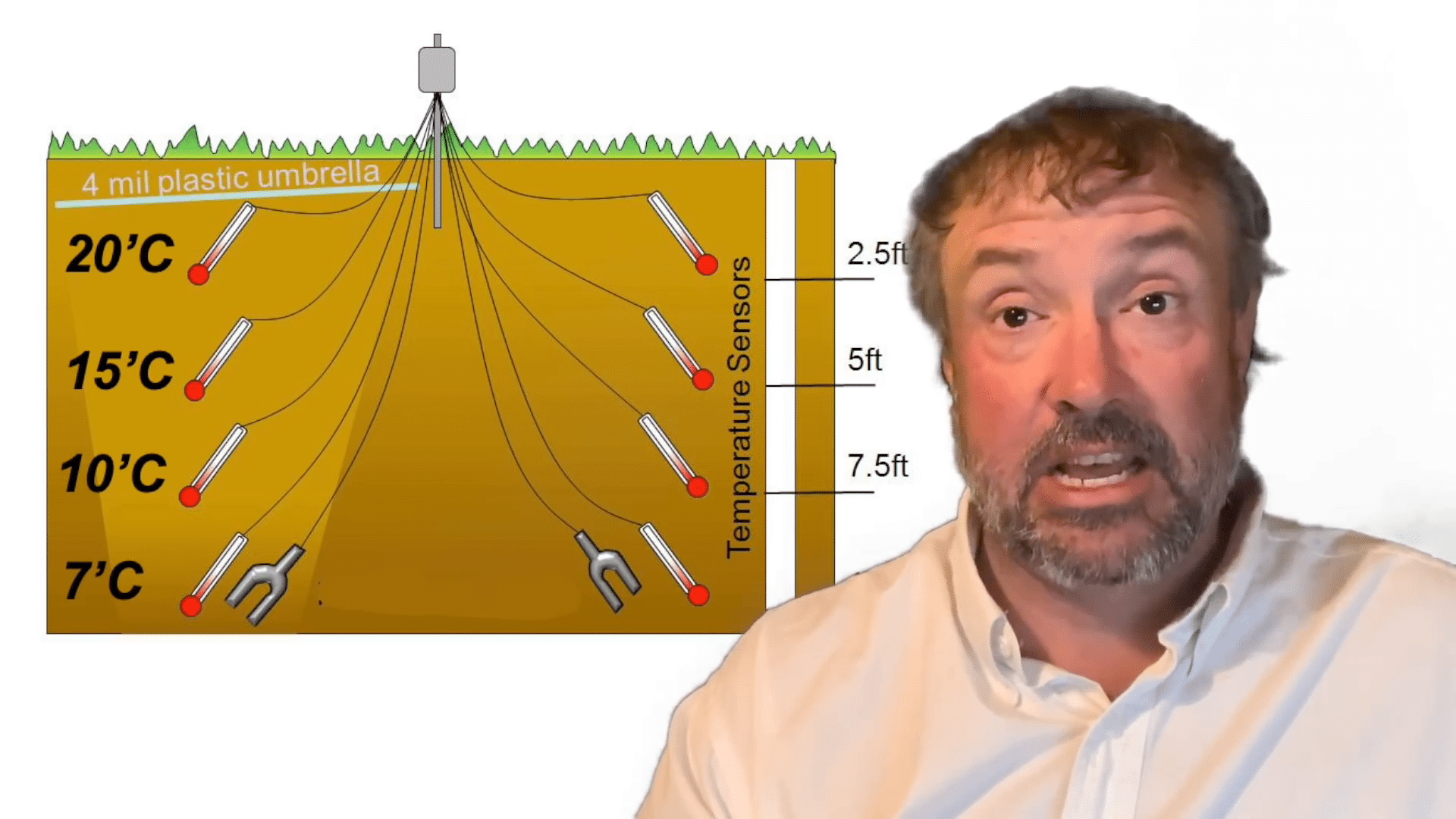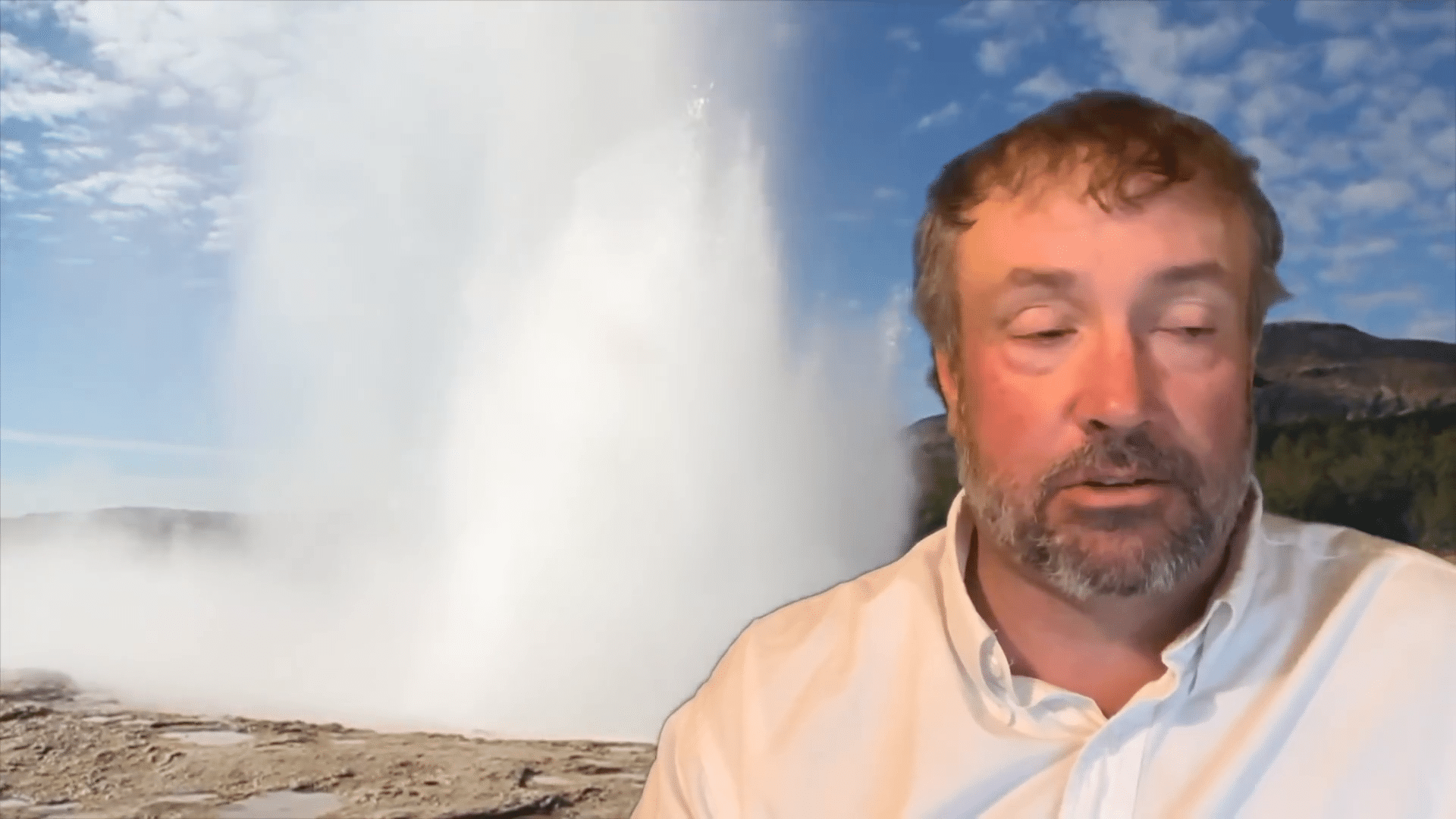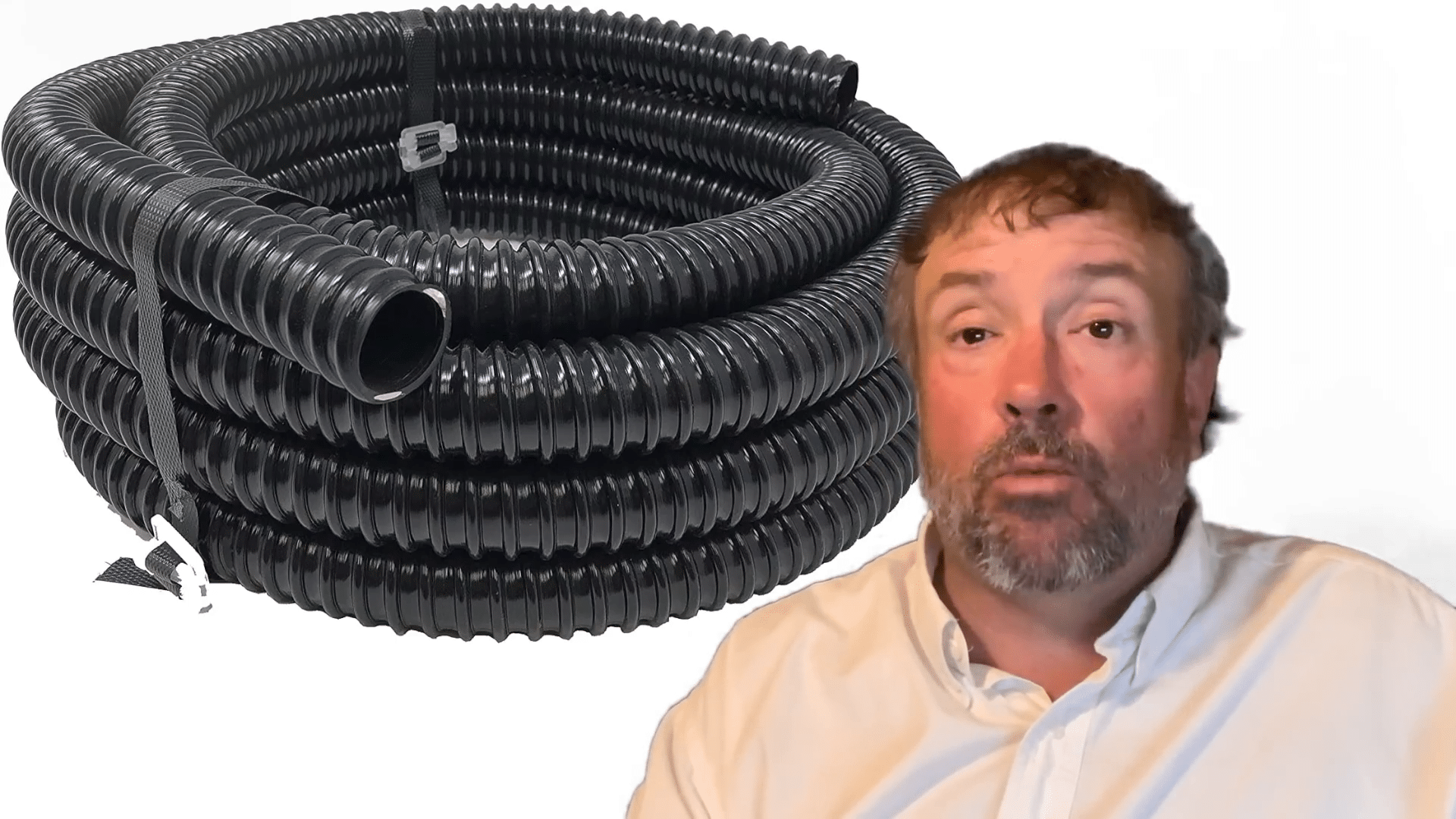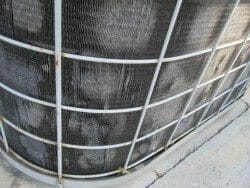Exploring DIY Geothermal Air Conditioning: An Affordable and Efficient Cooling Solution
Understanding Simple Geothermal Air Conditioning
Geothermal air conditioning is often associated with high costs and complex installations, but there is a more accessible option available for those with some land and a willingness to undertake a modest DIY project. Simple geothermal air conditioning systems can be implemented for under a thousand dollars, excluding some potential costs like excavator rental. These systems use the constant underground temperature to provide efficient cooling for spaces such as greenhouses, garages, or residential buildings, all while consuming minimal electricity.
The efficiency of geothermal cooling hinges on the principle that below a certain depth, the Earth maintains a consistent temperature year-round, generally cooler than the surface during summer and warmer during winter. This temperature differential is leveraged to cool and sometimes subtly heat spaces, making it an eco-friendly alternative to traditional air conditioning methods. The system’s affordability and low energy requirements make it especially appealing for those with off-grid lifestyles, utilizing renewable energy sources like solar or wind power.
Requirements and Installation
Before considering a simple geothermal system, it’s crucial to evaluate the soil composition of your property. Ideal conditions include soil types such as sand, gravel, or clay where an excavator can dig at least six to ten feet deep. The project involves laying hundreds of feet of water lines underground, where the cooler ground temperatures chill the water. This chilled water is then pumped through a radiator to cool the air, with a fan aiding in the distribution throughout the intended space.
While the initial setup might sound daunting, the actual installation isn’t overly complex and can be a fun, rewarding DIY project. The most labor-intensive part is the excavation needed to bury the water line deep enough to reach the cooler subterranean temperatures. For those without direct access to an excavator, renting one typically adds $300 to the project cost. Care must be taken while installing the water lines to ensure they are well-protected and secure to prevent any issues such as freezing during colder months.
System Components and Costs
The primary components of a simple geothermal air conditioning system include water lines, a radiator, a fan, a thermostat, and a circulation pump. Costs can be further minimized by sourcing parts like the radiator from car wreckers or using second-hand items where feasible. The water lines, often the most costly component, are specially designed for underground use, ensuring longevity and durability. When all components are summed up, the total expenditure remains significantly lower than installing traditional air conditioning systems or heat pumps.
In addition to the hardware, a key consideration is the freezing point of the fluid within the water lines. In colder climates, using a solution like non-toxic antifreeze or windshield washer fluid rated for low temperatures can prevent the system from freezing, thereby maintaining efficiency year-round. This approach not only safeguards the system but also ensures it operates effectively without the high energy costs associated with conventional heating and cooling systems.
Benefits and Longevity
One of the most compelling advantages of a simple geothermal system is its sustainability and cost-effectiveness. Operating on as little as 100 watts, its energy consumption is a fraction of that required by standard air conditioning units, making it ideal for eco-conscious individuals or those using renewable energy systems. Additionally, the underground components of the system are designed to last for decades, requiring minimal maintenance and making it a long-term investment in both environmental sustainability and economic savings.
The system’s design avoids common issues associated with other geothermal units, such as mold and bacteria buildup, which can occur in systems that rely on air circulation through underground tubes. Since this design uses water lines and not air ducts, it remains sealed against external contaminants, providing cleaner and more reliable operation. Its simplicity and effectiveness could revolutionize how individuals think about sustainable cooling and heating, particularly in rural or off-grid settings.
Exploring the Potential of Simple Geothermal Solutions
Despite the initial setup requirements, the long-term benefits of a simple geothermal air conditioning system—cost savings, low energy usage, and environmental impact—make it a compelling choice for those with the necessary space and resources. As climate considerations become increasingly important, such innovative approaches to traditional problems will be crucial. With its relatively low technical and financial barriers, simple geothermal cooling is an accessible and efficient solution that could see broader adoption in the coming years, offering a practical alternative to more energy-intensive systems.










